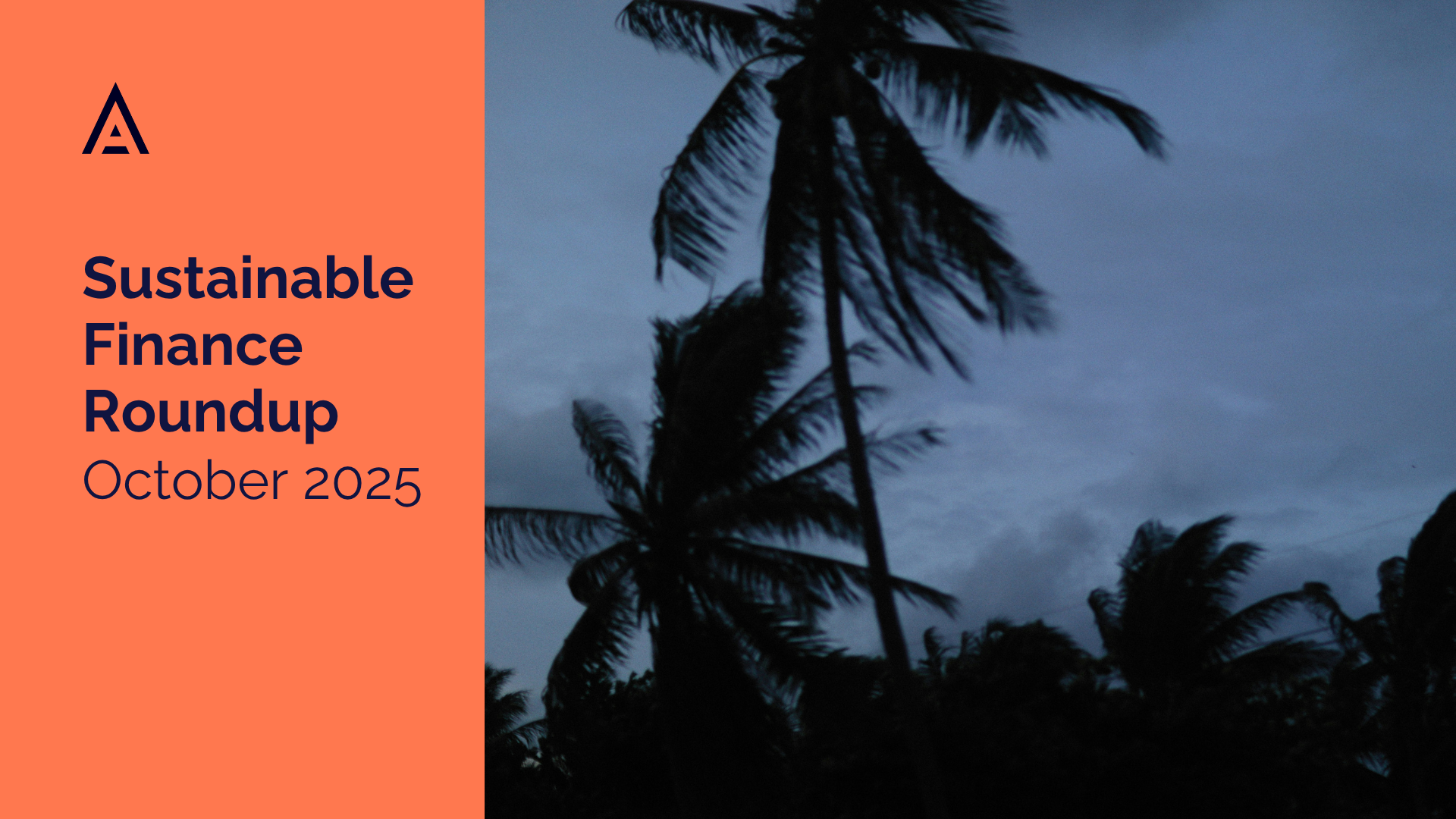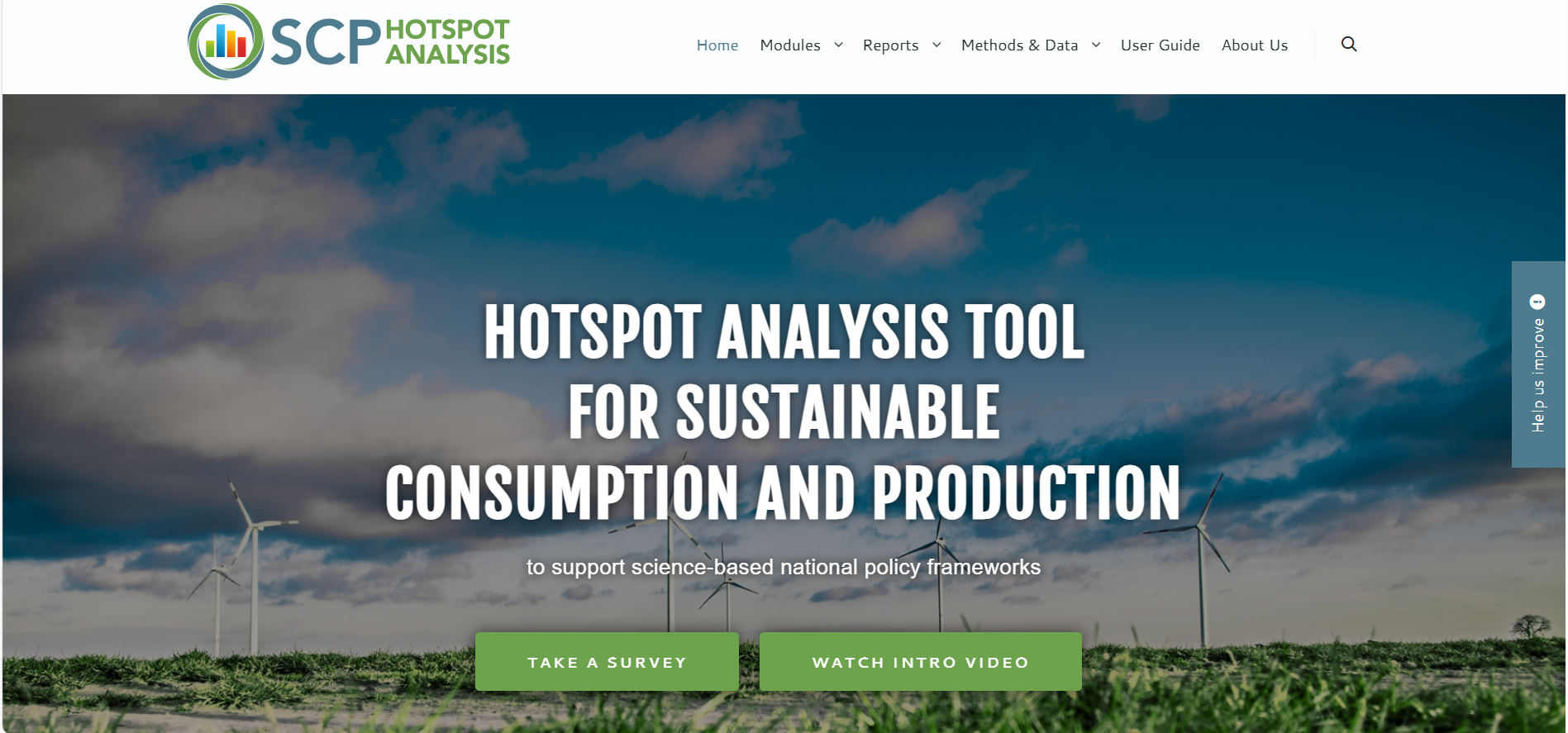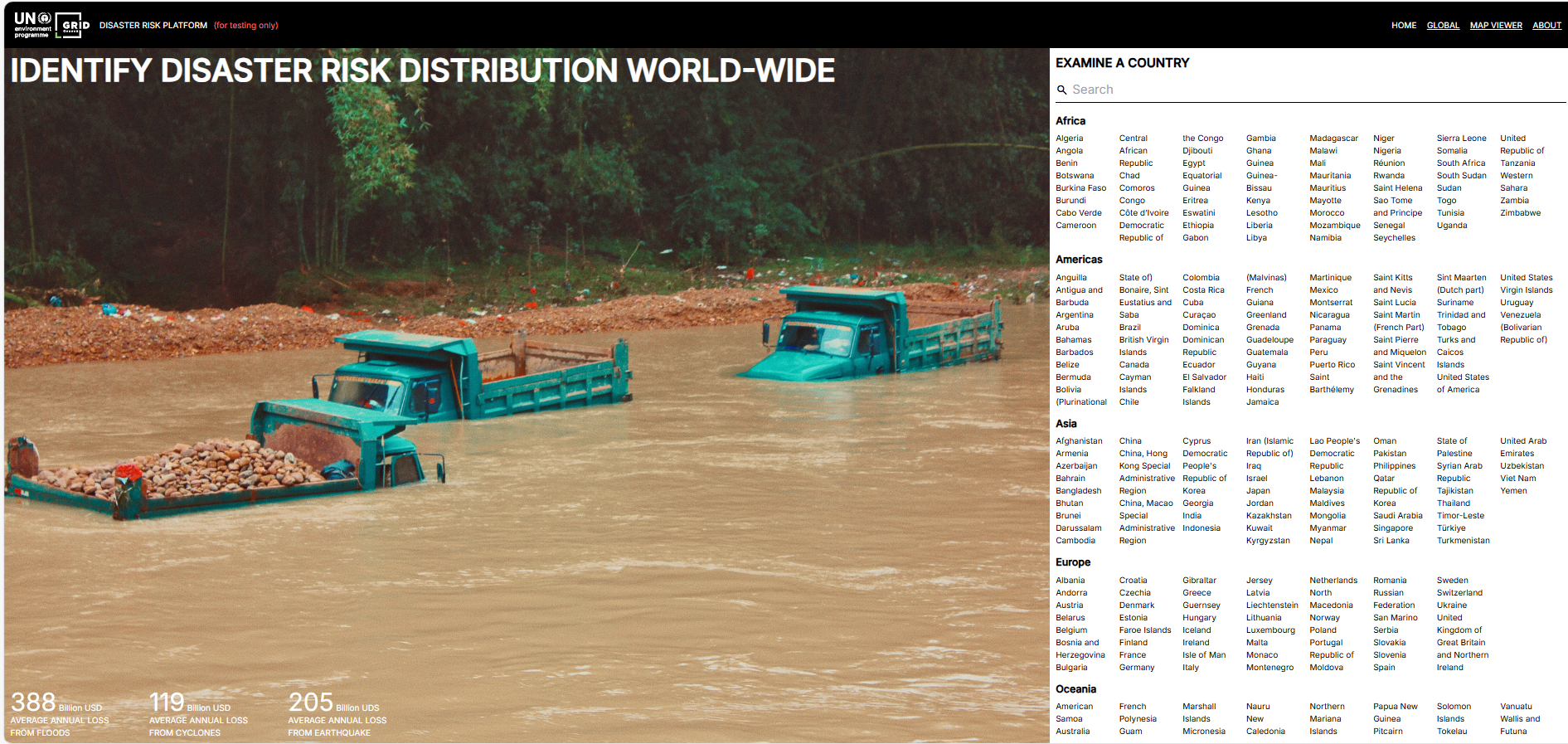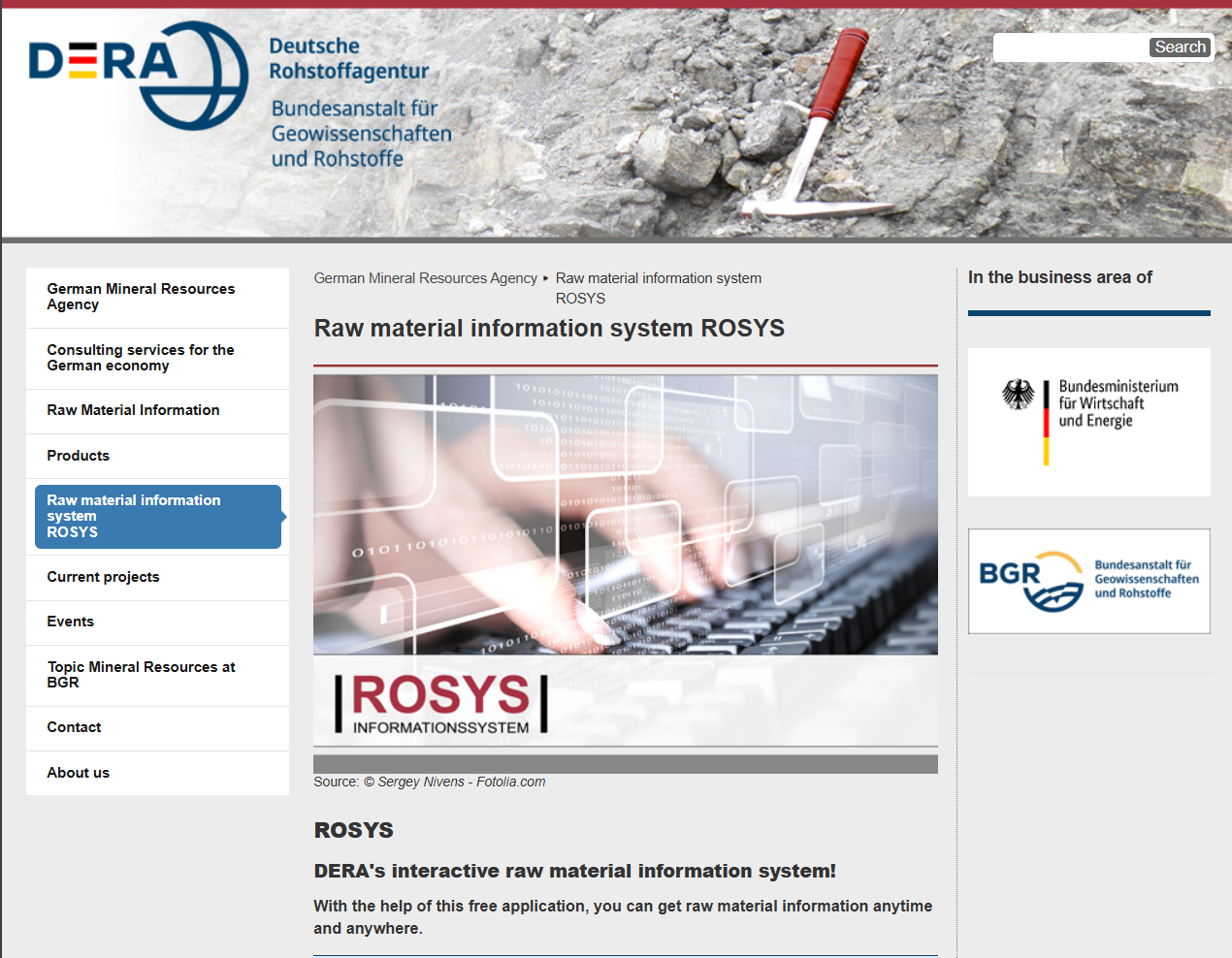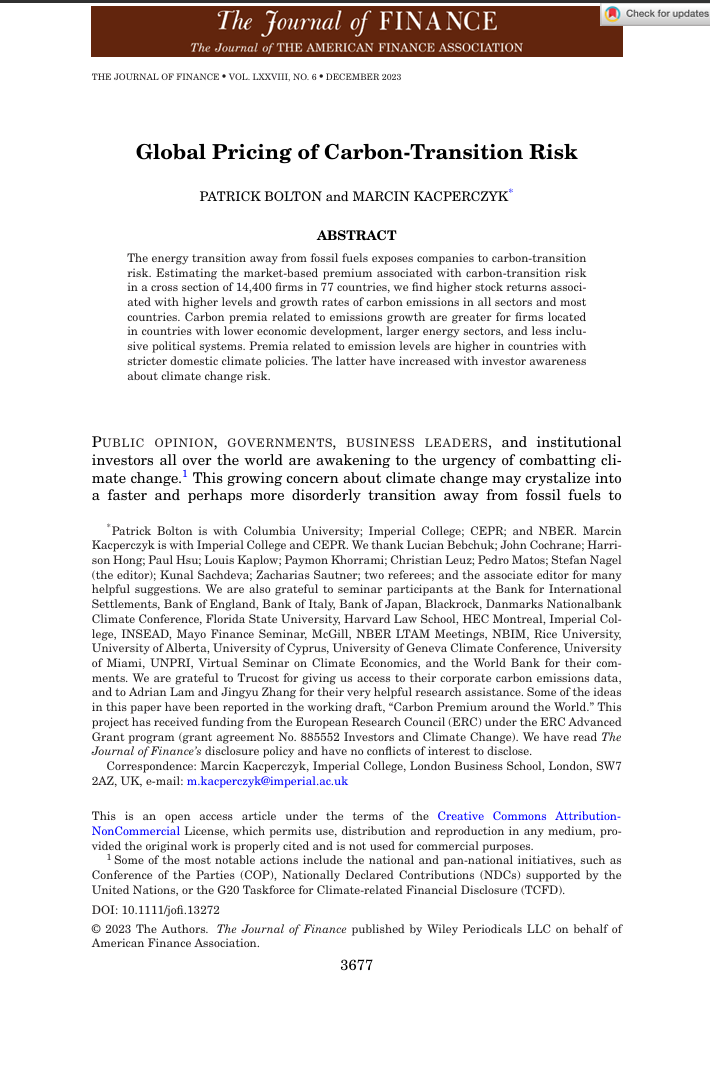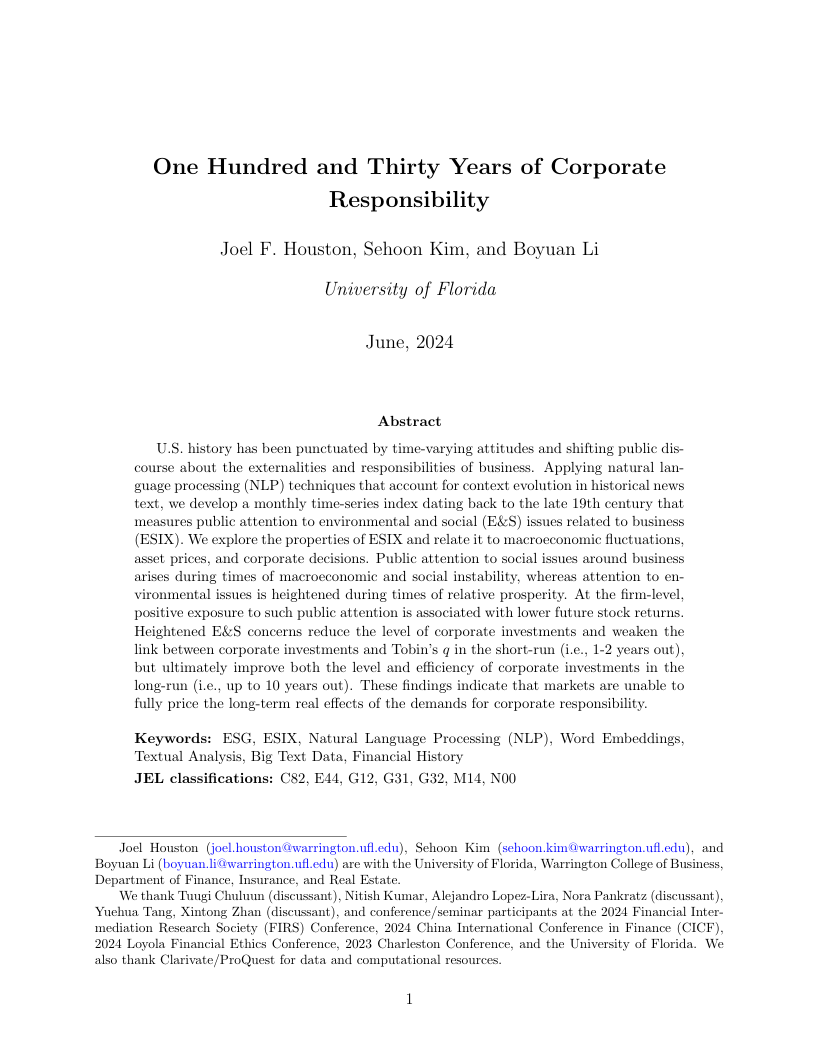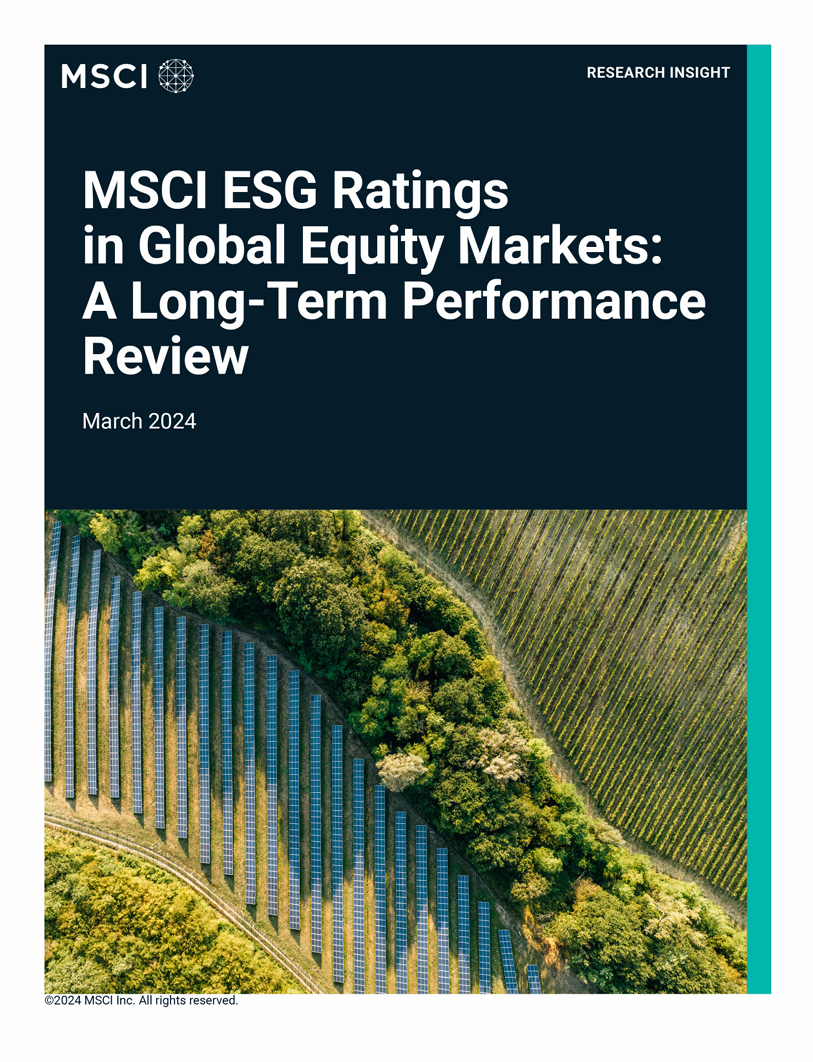Library | SASB Sustainability Sector
Construction Materials
Refine
74 results
REFINE
SHOW: 16


Sustainable Finance Roundup December 2025: Nature, Regulation, and the Hardening of Risk
This month’s sustainable finance roundup traces the shift from ambition to enforcement, as climate and nature risks become financial, regulatory and legal realities. It covers Australia’s environmental law reforms, the embedding of climate and nature risk through prudential supervision, disclosure and shareholder pressure, and insurer warnings on the limits of insurability. It also highlights how markets are responding to deforestation and biodiversity risk, and how litigation and regulation are reshaping governance and long-term financial resilience.
Sustainable Finance Roundup October 2025: Carbon Markets, Targets, and the Cost of Resilience
This month’s sustainability roundup traces a rapidly evolving landscape in climate finance and accountability, spotlighting the weaknesses exposed by Hurricane Melissa’s disaster-risk finance system alongside new policy frameworks now reshaping sustainable investment. It highlights how vulnerable nations continue to bear the costs of climate impacts, how regulatory reforms such as Australia’s 2035 emissions target and global disclosure regimes are embedding accountability, and how renewed scrutiny of carbon markets is driving the search for credible, incentive-based pathways to real decarbonisation.
Sustainable Finance Roundup September 2025: Policy, Markets, and Momentum
This month’s sustainability roundup covers Australia’s new 2035 emissions target, ASIC’s final climate disclosure guidance, and Fortescue’s revised transition plan. It also examines global developments, from ISSB reporting updates and TNFD nature disclosures to Woodside’s gas extension, rising physical climate risks, and evolving ESG policy debates shaping corporate and investor responses.
MDPI
MDPI (Multidisciplinary Digital Publishing Institute) is a Swiss-based publisher of open access, peer-reviewed journals, established in 1996. MDPI publishes over 470 academic journals across science, technology and medicine, with authors covering article processing charges to enable unrestricted global access.
The Hotspot Analysis Tool for Sustainable Consumption and Production (SCP-HAT)
SCP-HAT (Sustainable Consumption and Production Hotspots Analysis Tool) is an online tool that maps national and sector-level “hotspots” of unsustainable production and consumption using input-output and lifecycle methodologies.
International Resource Panel
International Resource Panel (IRP) is a science-policy platform established by United Nations Environment Programme in 2007. It produces peer-reviewed assessments and data such as the Global Material Flows Database to guide governments, industry and civil society on resource efficiency, sustainable use, circular economy and environmental impact.
One Planet Network
One Planet Network is a global multi-stakeholder partnership advancing sustainable consumption and production (SCP). It implements the 10-Year Framework of Programmes (10YFP) through six thematic programmes. The network acts as a knowledge hub and convenes governments, businesses, civil society and experts on SCP and SDG 12.
Disaster risk platform
The UNEP/GRID-Geneva Disaster Risk Platform offers an interactive global interface for analysing exposure, vulnerability and hazard data. It aids evidence-based decision-making by mapping natural risks and socio-economic factors, supporting resilient development and risk-informed finance.
Rohstoffinformationssystem (ROSYS)
ROSYS is a free, interactive raw-materials information system from the German Mineral Resources Agency (DERA). It offers data on around 80 mineral and energy commodities, supported by maps and charts, enabling users to monitor global and German production, consumption, reserves, trade partners and market trends.
Federal Institute for Geosciences and Natural Resources (BGR)
Federal Institute for Geosciences and Natural Resources (BGR) is Germany’s national geological survey, advising the federal government on geoscience and raw materials. It undertakes research in earth sciences, resource management, geodata systems and sustainability. Located in Hannover, BGR coordinates national geoscientific data infrastructure and policy.
Global pricing of carbon-transition risk
This report examines the global pricing of carbon-transition risk by assessing equity markets’ responses to climate policy and transition exposure. It analyses regional variations, sectoral impacts, and the role of carbon pricing in financial markets, highlighting implications for asset valuation and investment strategies.
One hundred and thirty years of corporate responsibility
This report develops a 130-year index (ESIX) measuring public attention to environmental and social issues in business using historical news data. Findings show that such attention rises during instability (social) or prosperity (environmental), depresses short-term investment efficiency, but improves investment outcomes over longer horizons.
MSCI ESG ratings in global equity markets: A long-term performance review
This MSCI report reviews the long-term performance of ESG ratings in global and developed equity markets. It finds that higher-rated companies outperformed peers, driven by stronger earnings growth and dividend yields rather than valuation effects. MSCI ESG indexes also generally outperformed their benchmarks across regions and during crises.
Guidance for leveraging the Singapore-Asia taxonomy in green and transition financing
This report provides practical guidance for applying the Singapore-Asia Taxonomy (SAT) in green and transition financing. It addresses data gaps, evolving criteria, transition plans, and scenarios where full alignment with SAT is not possible, promoting credible financing practices across Southeast Asia’s key sectors.
GHG protocol calculation tools and guidance
The GHG Protocol’s calculation tools and guidance details Excel‑based, cross‑sector, sector‑specific, and country‑specific tools, including those for cities and countries. Each tool includes step‑by‑step guidance and emission factors to support accurate GHG inventory development in line with the Protocol’s standards
The GHG protocol for project accounting
This report outlines standards and procedures for quantifying and reporting greenhouse gas (GHG) reductions from mitigation projects. It provides a framework to estimate baseline emissions, assess additionality, and apply consistent accounting principles. The guide supports transparency, credibility, and harmonisation across project-based GHG initiatives.

